As the sun was just starting to rise, hunters and their assigned escorts settled down in their assigned hunt zones on Savannah River Site (SRS), looking and listening for the prize-winning turkey on the first day of a two-day hunt recently.
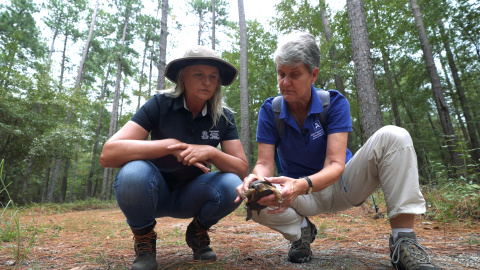
The Savannah River Site (SRS) is now sharing its vast forests with students as young as kindergarteners throughout the world, thanks to recently reintroduced virtual field trips.
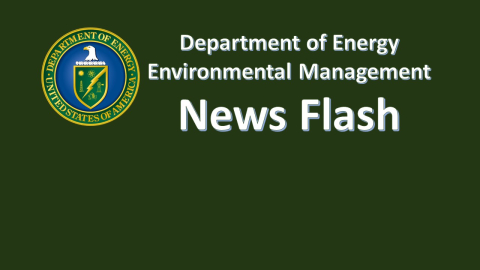
Cleanup to Clean Energy initiative advances as the U.S. Department of Energy will host an information day on potential use of Savannah River Site land for utility-scale energy
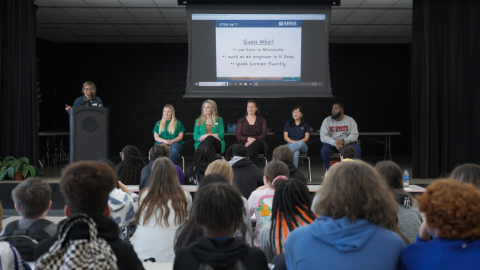
The long-lost art of letter writing is linking the next generation of scientists and engineers with Savannah River Site (SRS) employees.
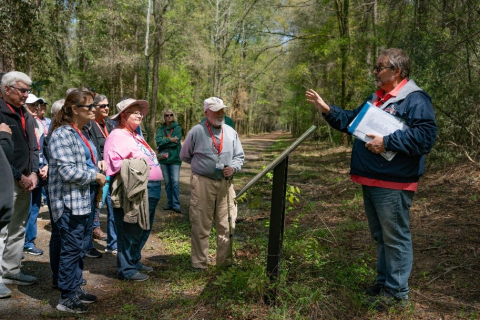
The Savannah River Site (SRS), one of the U.S. Department of Energy (DOE) Office of Environmental Management (EM) cleanup locations, is marking the site’s history through walking tours of what was once Ellenton, South Carolina, a town displaced during the Cold War for construction of SRS.
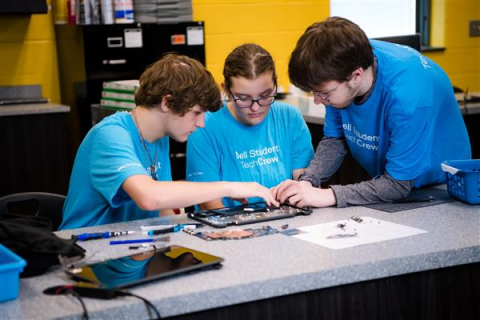
U.S. Department of Energy Office of Environmental Management (EM) contractor Savannah River Nuclear Solutions (SRNS) will select the first information technology (IT) youth apprentice from a pool of 16 area high school students who toured the Savannah River Site (SRS).
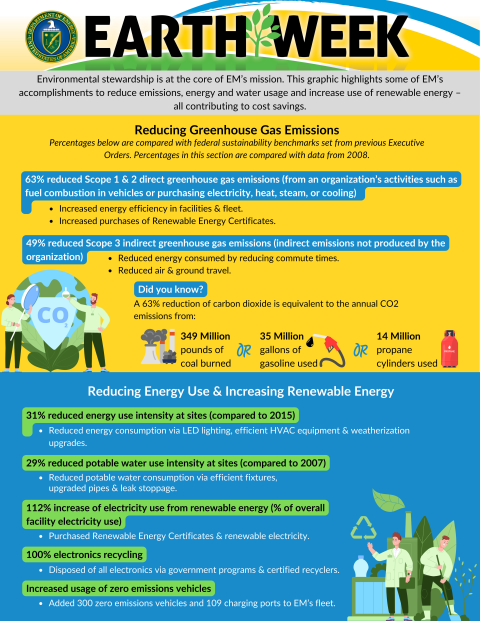
U.S. Department of Energy Office of Environmental Management (EM) sites across the country are taking steps to mitigate the impacts of climate change and reduce their carbon footprints.

Expert scientists and engineers from the Savannah River Site (SRS) are drawing the attention of students in kindergarten through 12th grade classes through the STEM That Travels volunteer program as they enrich science, technology, engineering and math (STEM) curriculums in area schools.

When weather and fuel conditions are right, workers may hear a morning announcement that the U.S. Forest Service will conduct a prescribed fire on Savannah River Site (SRS) that day.
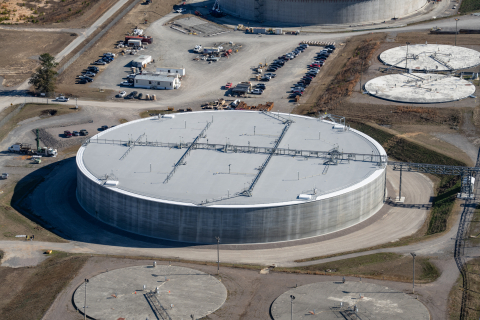
The U.S. Department of Energy Office of Environmental Management (EM) has authorized the newest mega-size disposal unit to begin operating at the Savannah River Site (SRS), completing a 2024 priority for the cleanup program.

